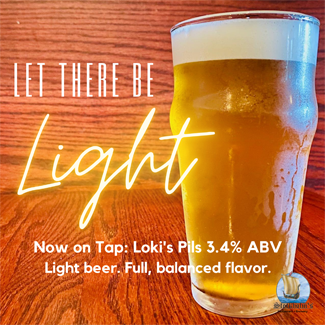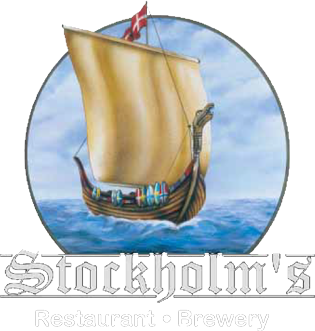1) In winespeak, aroma and bouquet mean the same thing.
True
False
2) When brewing beer, the addition of yeast creates alcohol and carbonation as well as chemical byproducts called phenols that give beer its complexity. Phenols can create which aromas in beer:
a) Clove
b) Banana
c) Burning Hair
d) All of the above
3) Which of the options below is true about tannins?
a) Tannins are present in the wood, bark, leaves, and fruit of various plants
b) Tannins are a form of self-protection for plants
c) Tannins create a drying feeling in your mouth when drinking certain wines
d) All of the above
4) A beer or wine that is lacking acidity could be called:
a) Flabby
b) Wobbly
c) Sulfitic
d) Grassy
5) Tannins can be present in beer
True
False
6) Choose the wine/beer that would make the best contrasting pairing with French fries:
a) Champagne/Pilsner
b) A buttery chardonnay/Irish red ale
c) Pinot Noir/Porter
d) Zinfandel/Stout
7) Hops are a perennial climbing plant which imparts citrusy and bitter notes to beer (among other flavors), and there are dozens and dozens of different types. Which of these groups are not types of hops?
a) Junga, California Cluster, Pacifica
b) Spiro, Stuttgart, Yellow Oros
c) Hallertau, Willamette, Falconer’s Flight
d) Early Green, Idaho 7, Polaris
8) If a wine is referred to as hot, what does that mean?
a) It is very young
b) It has matured in oak barrels
c) It has a high alcohol content
d) It was produced from a blend of grapes near the equator
9) In 2021, what is the number of recognized beer styles in the United States according to The Brewers Association?
a) Over 200
b) 158
c) 74
d) 31
10) About how many different grape varieties can be found worldwide?
a) Over 10,000
b) 750
c) 276
d) 59
ANSWER KEY:
1. False – aroma alludes to the nose of a young wine, while bouquet refers to the smells associated with a wine that has been aged for a considerable period of time.
2. D; phenolic beers such as hefeweizen and Belgian ales can have pleasant aromas, but if the brewer is not careful, odors such as medicine cabinet and burning hair can ruin a brew’s flavor profile.
3. D; tannins can be found in red wine, beer, coffee, and tea. The astringent taste is a mechanism to deter animals from consuming the plant.
4. A; flabby is the negative term used to describe an unbalanced wine or beer with no acidity.
5. True – tannins can be found in the husks of barley as well as from hops.
6. A; the brightness and effervescence of the champagne and the pilsner refreshes the palate when enjoying fatty and salty food like French fries.
7. B; Learn about different hop varieties here: https://www.morebeer.com/articles/homebrew_beer_hops
8. C; calling a wine hot refers to the burning sensation made by the alcohol. Bonus points is you know that’s why Michael prefers fortified wines such as Port.
9. B; check out these links for more information: https://www.brewersassociation.org/edu/brewers-association-beer-style-guidelines/
https://www.tapvillesocial.com/craftbrewu/2018/5/22/how-many-beer-styles-are-there
10. A; while we are most familiar with Chardonnay, Merlot, Cabernet Sauvignon, etc, there are over 10,000 grape varieties worldwide. According to Forbes, some wine producers are starting to search for lesser known grape varietals on the edge of extinction to create new and exciting wines.






